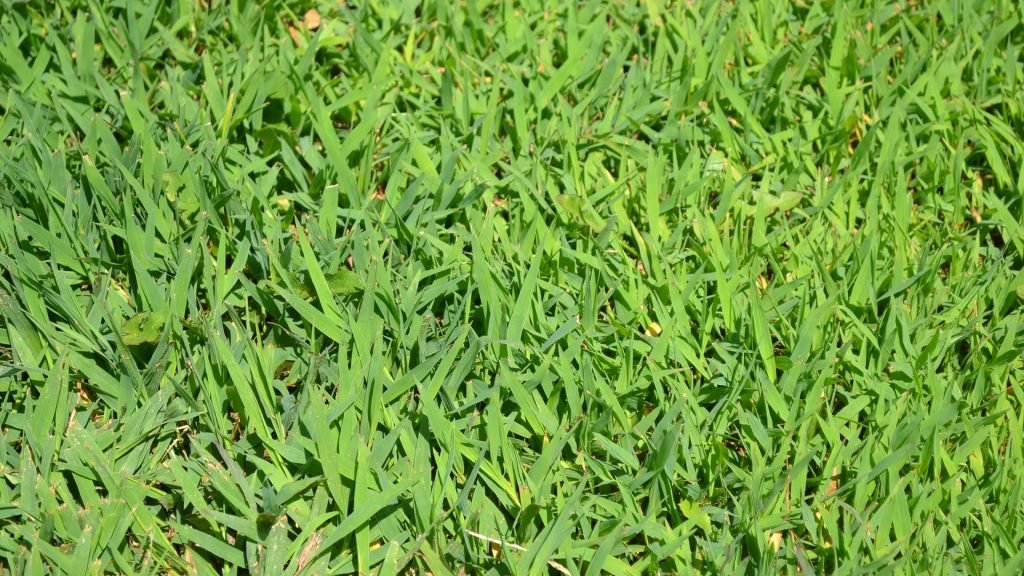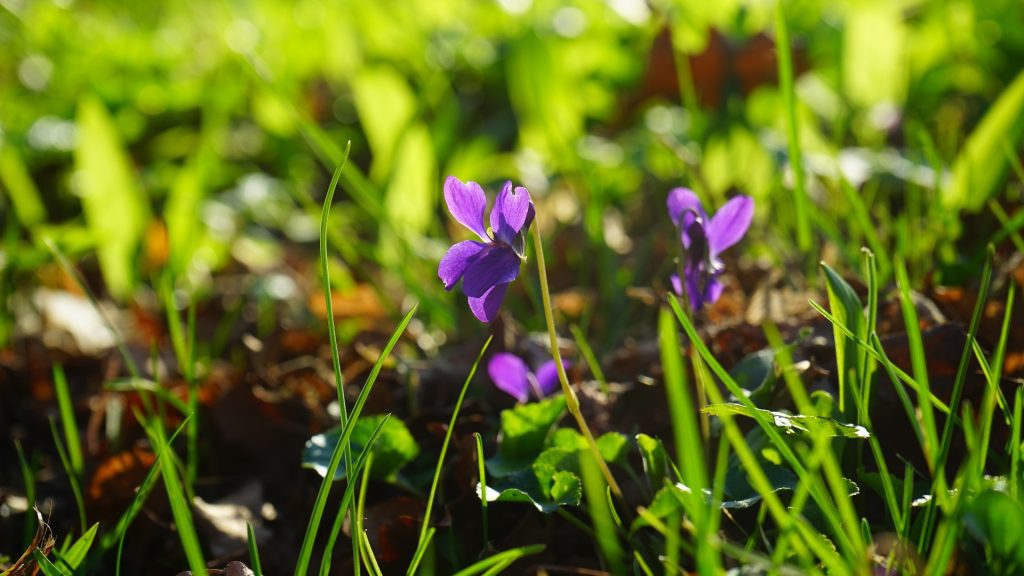
What Are Violets and How to Get Rid of Them
When it comes to pesky plants that grow where you don’t want them to, violets are among some of the prettiest.
Although they have loads of benefits, many people find wild violets grow out of control on their property, leading you to wonder about how to get rid of them.
How do you get rid of violets? Wild violets are a low-growing broad leaf perennial that loves growing on lawns that love moist soil and shady spots. They can be removed with the use of pesticides, hand weeding, applying covers and barriers, and other preventative measures.
If you need to know how to get rid of violets in lawn areas, and want ideas beyond harsh herbicides, we can help. This guide shows you the easiest ways to remove them and the potential damage they can do if you leave them there.
What Are Violets and Are They a Weed?
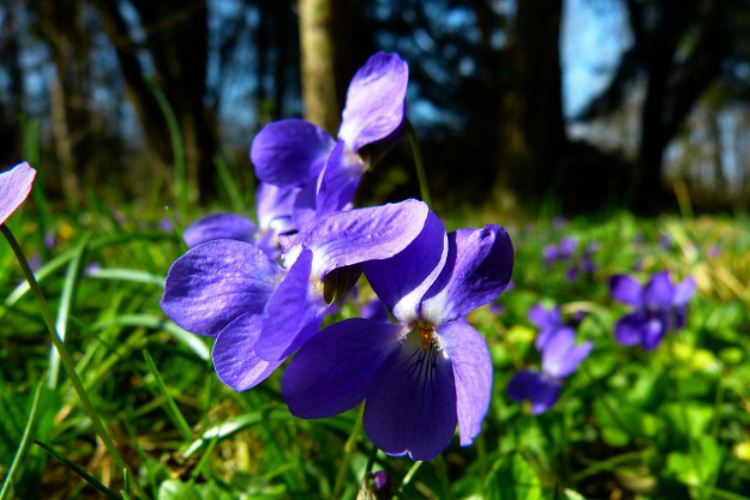
Wild violets are broadleaf perennials that tend to flower in spring, producing a small purple flower that’s pleasant to look at. Although attractive, if you’re trying to maintain a clean lawn, they can be a headache to get rid of.
The wild violet grows quickly and spreads easily, with the plants reaching around four to six inches tall and self-seeding to continue their reach.
They love shady areas and moist soil, and during early spring you’ll see an abundance of their pretty purple flowers around.
Beyond the benefits to wildlife, they can also be consumed by humans, with the leaves and flowers being edible. They’re rich in vitamin A and C, with some people even using them as greens within a salad. Therefore, you’ll want to think carefully before eradicating them.
The Damage of Wild Violets
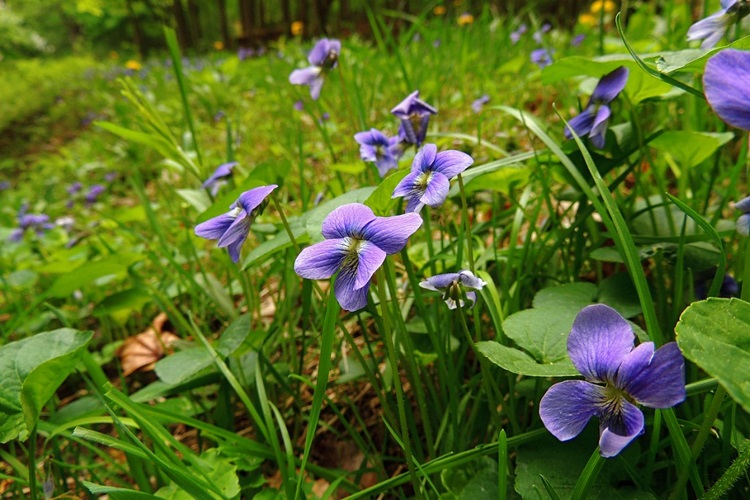
In the grand scheme of garden pests, wild violets are some of the least damaging. In fact, they come with many benefits for local wildlife, including the fact that they attract pollinators.
However, if you prefer a well-manicured lawn, you may find their thick clumps and free seeding to be a pain.
These plants have a tendency to take over quickly, so even if you liked them at first, you might find them hard to get rid of.
If this is the case, you’ll need some tricks up your sleeve to get the wild violet growth under control in your garden.
Tips for Removing and Preventing Violets
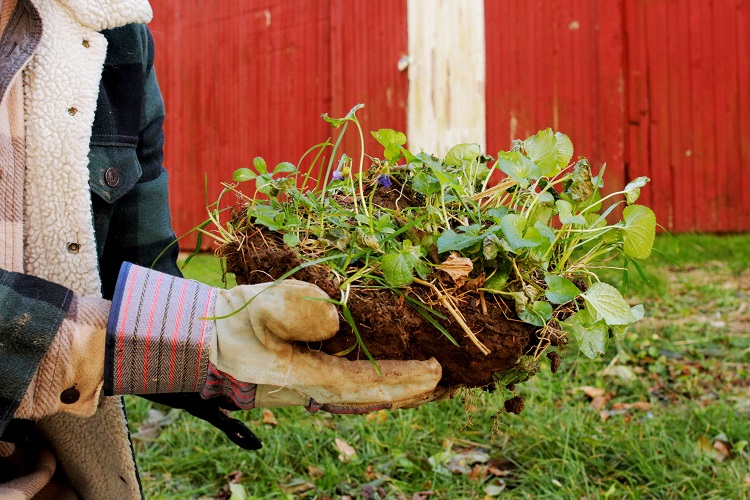
If wild violets are getting in the way of your grand plans for a clean lawn, there are lots of ways to prevent them from returning.
Check out these tips for both removing and making sure that the wild violets never come back to your garden:
- Apply a natural herbicide: If you regularly shy away from toxic herbicides, some natural and organic alternatives will work. Wild violets respond to all kinds of natural ingredients like vinegar, dish soap, and salt, so get creative with a DIY approach to treating them.
- Hand-pull them: Although somewhat taxing, pulling these plants out by hand is an effective way to get rid of them. If you start when they just arrive, you’ll find it a lot easier to control the violets before they get out of hand.
- Cover them: If you want minimal effort for maximum results, lay down some cardboard on top of the wild violets that are growing on your lawn. You’ll kill them within a few months and the cardboard itself with deteriorate without having to pick it up.
- Improve the drainage: As a plant that loves moist soil, do what you can to improve the drainage of your lawn’s soil. You’ll find they stop returning as often once the earth has dried out a bit.
- Mulch the area: A few days after pulling these plants, lay down some fresh mulch across the grass. The mulch will act as a covering that prevents their growth but will feed your lawn in the process.
Saying See You Later to Violets
If you’ve decided that the benefits of wild violets are outweighed by their rapid growth, you might want to consider getting rid of them.
There are a few trusted methods for doing just that, and if you ever change your mind and decide to let them back in, you know how easily they can return.
Related Questions
Wild violets can be a stubborn weed to get rid of because of their ability to spread so quickly, which is a headache for gardeners.
If you’re experiencing issues with other types of weeds on your lawn and want to find out how to treat them and eradicate them for good, read on for a few FAQs that can help.
What Does Weed Matting Do?
Laying weed matting or a similar natural barrier on the ground can prevent weeds from emerging.
If you’re looking for a natural approach to preventing weed growth or want to protect the plants contained in garden beds, this matting is usually laid down first and then followed with mulch and some topsoil.
Can Fertilizer Help Control Weeds?

Fertilizer is used as a source of nutrients for plants, and this includes whatever weeds are growing in your garden too, so it can’t be used alone as weed treatment.
If you do want to treat with a pesticide and a fertilizer, applying the herbicide first and then waiting a week to start applying the fertilizer is recommended.
Are There Natural Weed Killers?
The most commonly used homemade weed killer contains natural ingredients like dish soap, vinegar, and salt.
The concoction can be sprayed directly onto weeds as a natural herbicide and it will dry out and kill the pesky plants, making them easier to move and preventing seeds from dropping.
Resources:

